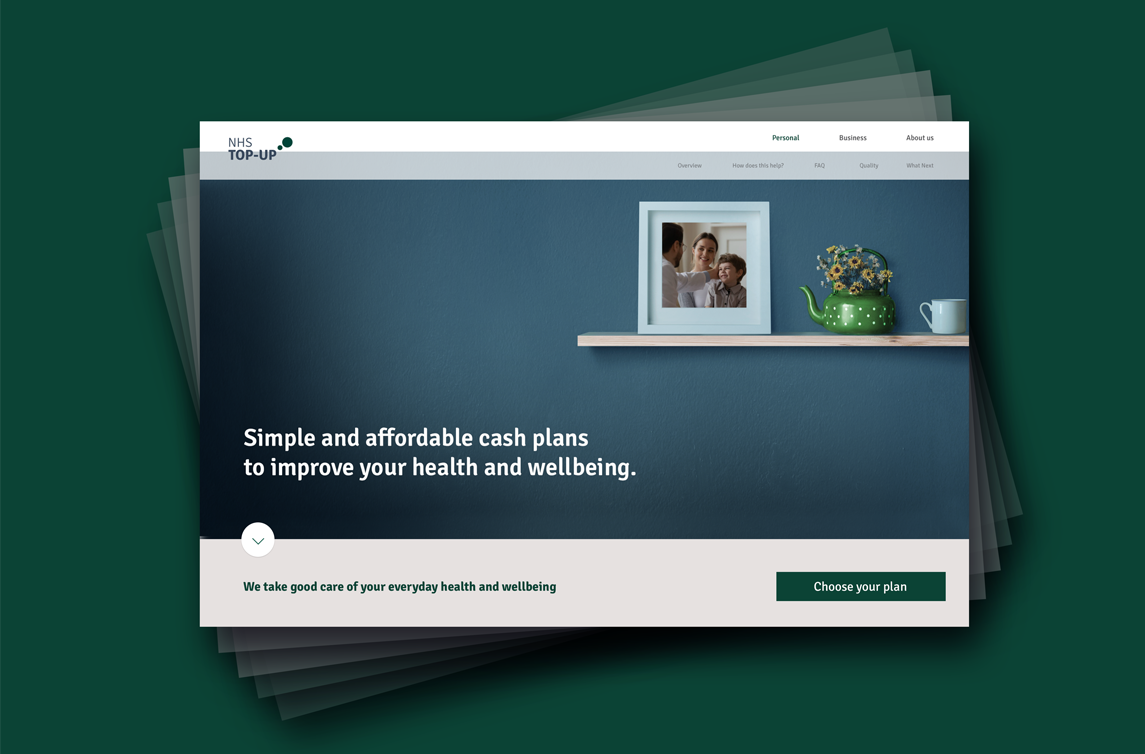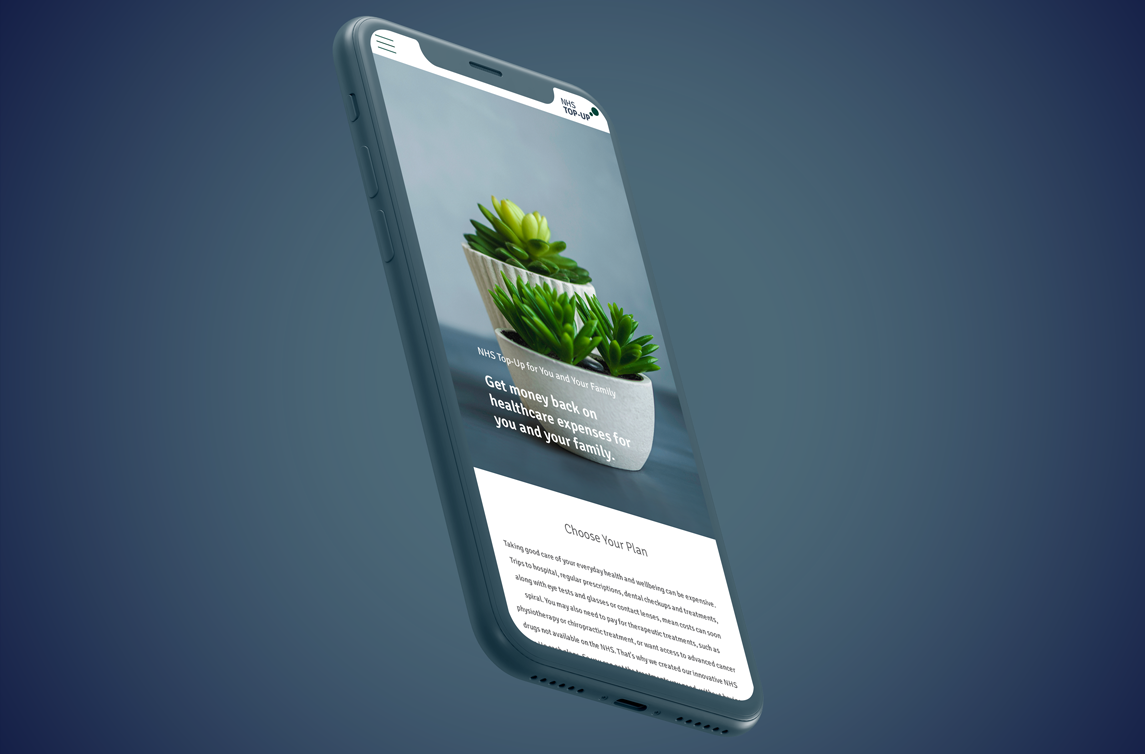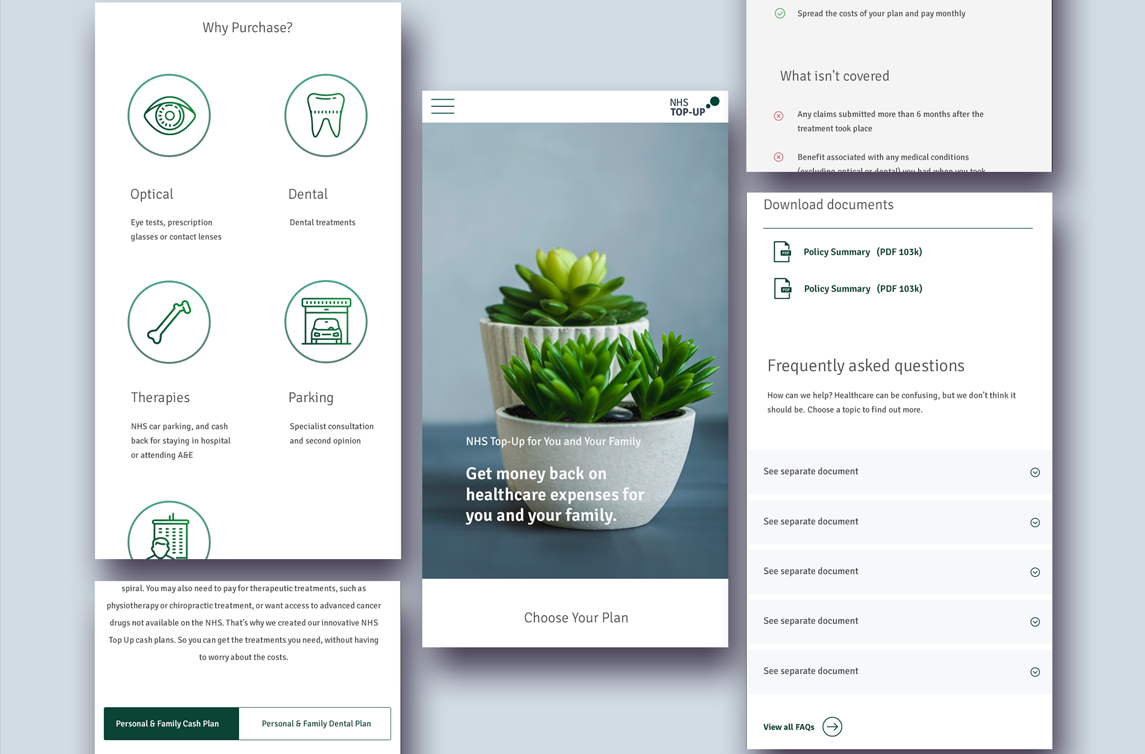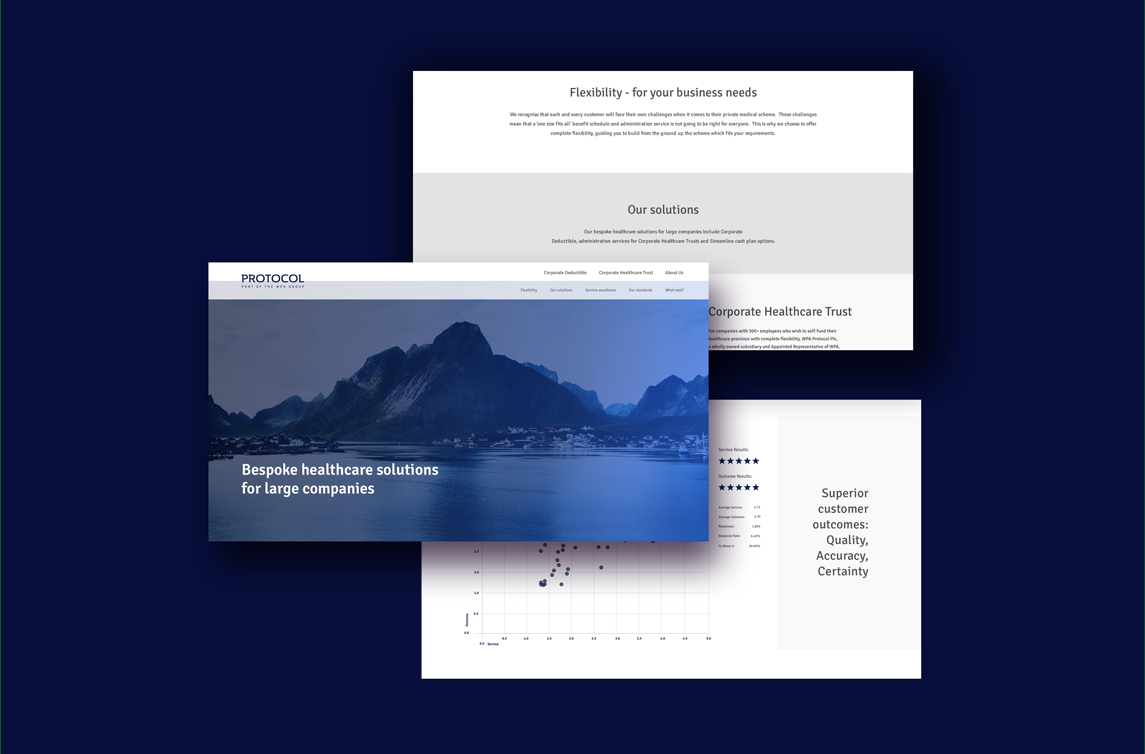
Description
User Research
Usability Testing
Prototyping
Visual Design
Interaction Design
Accessibility
Data visualization
Design Thinking Approach
Web
Time Saving Improvements
more...Challenges and solutions
Our client, a leading health insurance company, approached us to redesign their existing web portal. The existing portal was outdated, cluttered, and difficult to navigate, which resulted in a poor user experience. The primary challenge was to create a modern, user-friendly, and intuitive web portal that could help users easily find the information they need and access the services they require.Another challenge was to improve conversion rates, because poor usability caused people to interrupt their experience and leave the site. Also, the preliminary budget calculation system and visualization of all available options and benefits for the client caused significant chaos. Another important challenge was to make the experience accessible for the users with disabilities or chronic diseases.
To address the challenges, we employed a user-centered design approach, which involved understanding the users' needs, preferences, and behaviors. We started with extensive research that included user interviews, surveys, and analytics to identify pain points, expectations, and priorities. Based on the research, we developed user personas and user journeys to guide our design decisions.
For the design phase, we used wireframes and prototypes to iterate and refine the interface, making sure that the design is intuitive, accessible, and visually appealing. To ensure that the design meets the user's expectations, we conducted user testing sessions with the prototypes.
User esearch and definig persona
One of the user personas we developed was "Mary," a 35-year-old mother of two who is looking for affordable health insurance coverage for her family. Mary is tech-savvy but has limited experience with health insurance, and she needs a portal that is easy to navigate, provides clear information, and offers helpful tools and resources.
Research and Measurments
During the research stage, we employed a user-centered design approach to gain a deeper understanding of the needs and pain points of our target users. We conducted user interviews with Mary and other individuals who had recently interacted with the health insurance portal, which revealed that 76% of users found the process of signing up for insurance confusing and overwhelming. Additionally, our analysis of the existing portal's user data showed that the average time it took for users to complete the enrollment process was 18 minutes, with a high dropout rate of 34%. To address these challenges, we created detailed user personas based on our research findings, including demographics, behaviors, and pain points. We used this information to develop a set of design principles that would guide our UI/UX redesign. Our prototyping stage involved creating multiple iterations of the portal's interface, focusing on streamlining the enrollment process and making key information more accessible. To test our designs, we conducted a series of usability tests with users of different skill levels, which revealed that 87% of users were able to complete the enrollment process in under 10 minutes, resulting in a dramatical increase in successful enrollments. We also utilized a system usability scale (SUS) survey to measure the overall user satisfaction with our redesign, resulting in an average score of 85 out of 100. After refining our designs based on user feedback, we launched the new portal to all users, resulting in a 40% increase in enrollment rates within the first month. Our user-centered design approach allowed us to create an intuitive and user-friendly portal that addressed the needs and pain points of our target users, resulting in a more successful and efficient enrollment process.
Prototyping and Testing
Based on our research findings, we developed wireframes and prototypes that address the user's pain points and expectations. We conducted several rounds of user testing sessions to collect feedback and iterate on the designs.
Launch
After the design was finalized, we collaborated with the development team to implement the new design on the portal. We conducted extensive testing to ensure that the new portal is functional, responsive, and accessible. Finally, we launched the new portal and monitored its performance to identify any areas for further improvement.
Conclusion
Through a user-centered design approach, we were able to create a modern, intuitive, and user-friendly web portal that meets the users' needs and expectations. The new portal provides clear information, helpful tools and resources, and easy navigation, making it a valuable asset for the health insurance company and its users.





